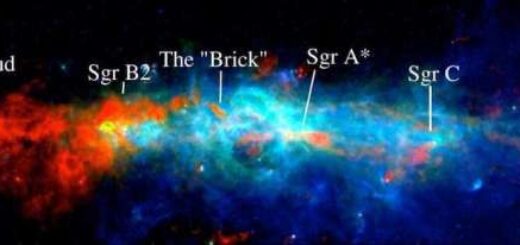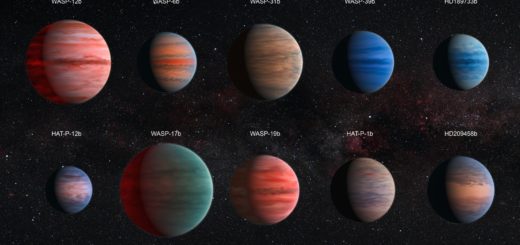Large Meteorite As Old As The Solar System Discovered In The Lut Desert

Just to find a meteorite is exciting, but imagine to find a large extraterrestrial rock that is as old as the Solar System. That’s exactly what happened to a group of scientists who made an expedition to the Lut Desert in Iran.
A team of Russian geologists from Ural Federal University have successfully returned home after a made a trial expedition to Iran and they brought back really interesting extraterrestrial materials that are now examined.
“We planned to send an expedition to the Iranian Desert Lut, intending to find a concentration of extraterrestrial material, meteorites,” Viktor Grokhovsky a member of the Committee on Meteorites at the Academy of Sciences said.
The expedition was completely provided by the scientific laboratory Extra Terra Consortium, which is part of Ural Federal University.
About 80% of the samples which have been brought back from the desert actually have extraterrestrial origins.
“During the field work, about 13 kilograms of the samples, which is considered to be meteorite, were found. Half of the found fragments have remained with our Iranian colleagues; the other half has arrived at our test lab. For now the samples have been measured and entered into the catalogue, “Grokhovsky said.
Several of the fragments were remains of a meteor shower. About 70 individual pieces were collected with 10-12 of these fragments belonging to the same type of meteorite.
“In order to determine the age of the found fragments, the scientist should consider when a fragment was formed in space, when it split from its parent body and how much time has it spent on Earth,” Grokhovsky said.
See also:
Mystery Of The Ancient Gujba Meteorite Solved By Student
Ensisheim Meteorite Is The Oldest Meteorite With A Precise Date Of Impact
Unusual Green Meteorite Remains An Unsolved Cosmic Mystery
More About Astronomy
According to the scientist, meteoritic matter is the same age as our solar system, about 4.5 billion years old.
The meteorite fragments are in good condition because the geographical and climatic conditions of Lut Desert contribute to the preservation of a unique meteorite material.
The Lut Desert is an amazing, but extremely inhospitable place where few, if any organisms can survive. On one occasion, NASA’s satellite Aqua recorded surface temperatures as high as 71 °C (159 °F)! It’s one of the hottest places on Earth.
One of the most beautiful and rare extraterrestrial rock that has been found is the beautiful Fukang meteorite that was found in the Gobi Desert of northwestern China’s Xinjiang Province. It is considered the one of the greatest extraterrestrial gemstones of the 21st century.



 Creators of mankind
Creators of mankind Description of “Tall white aliens”
Description of “Tall white aliens” Where they came from?
Where they came from? About hostile civilizations
About hostile civilizations The war for the Earth
The war for the Earth “Tall white aliens” about eternal life
“Tall white aliens” about eternal life Video: “Nordic aliens”
Video: “Nordic aliens” Aliens
Aliens Alien encounters
Alien encounters The aliens base
The aliens base UFO
UFO Technology UFO
Technology UFO Underground civilization
Underground civilization Ancient alien artifacts
Ancient alien artifacts Military and UFO
Military and UFO Mysteries and hypotheses
Mysteries and hypotheses Scientific facts
Scientific facts


















